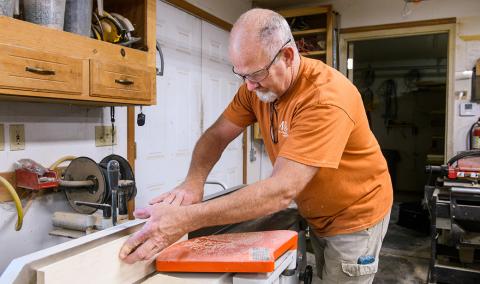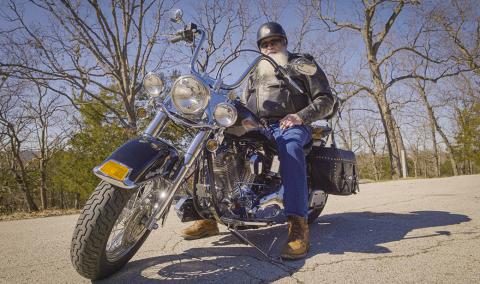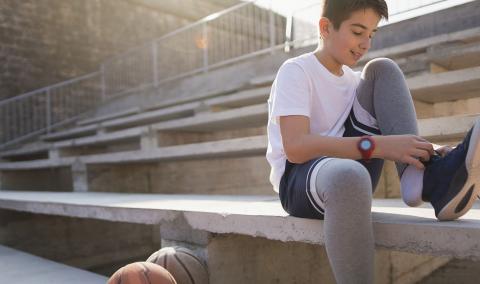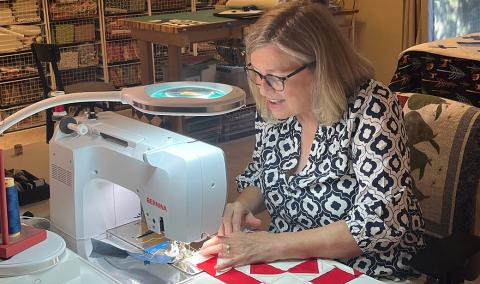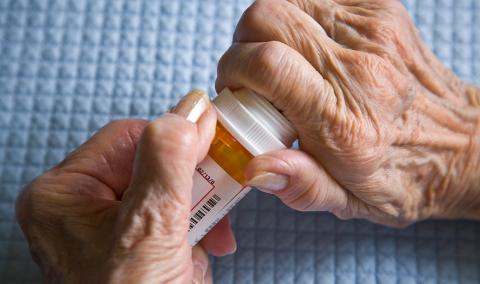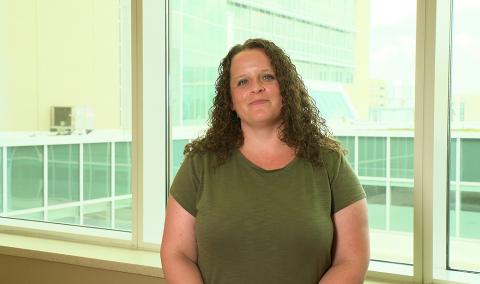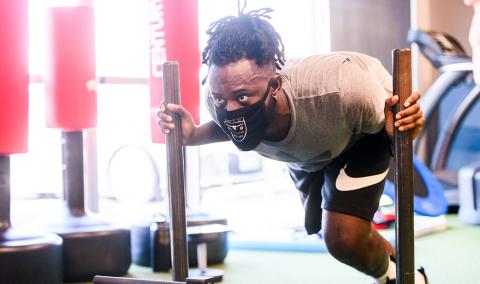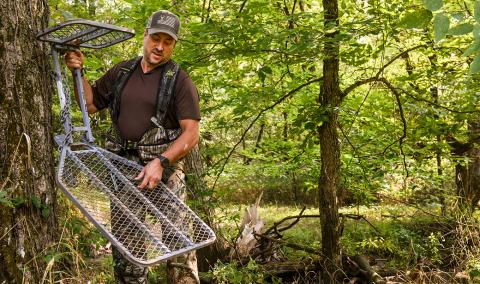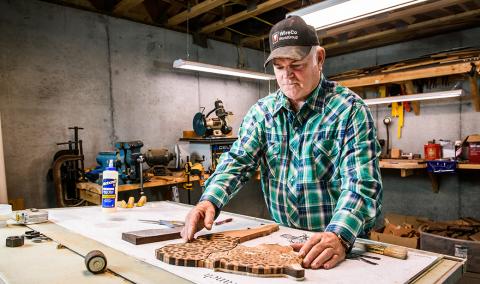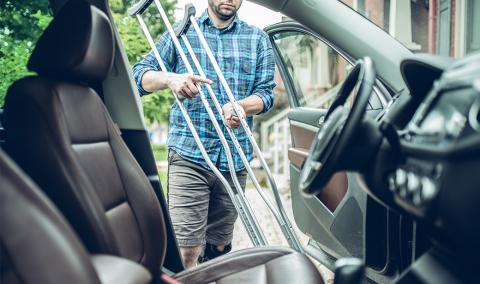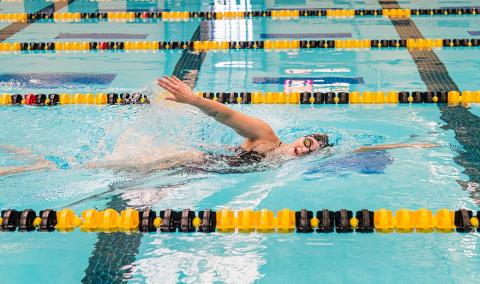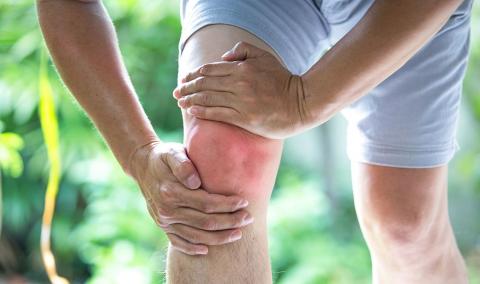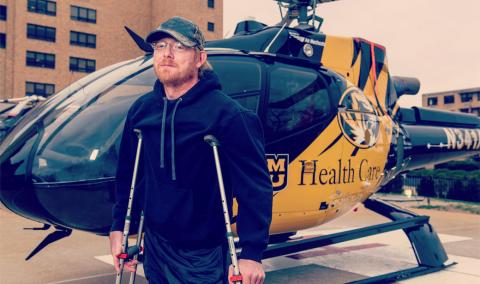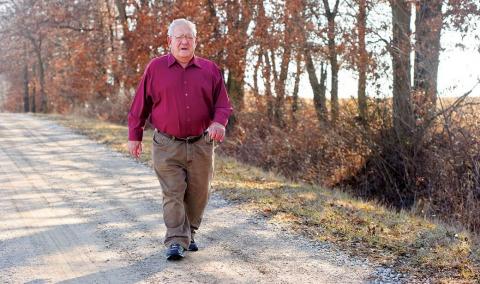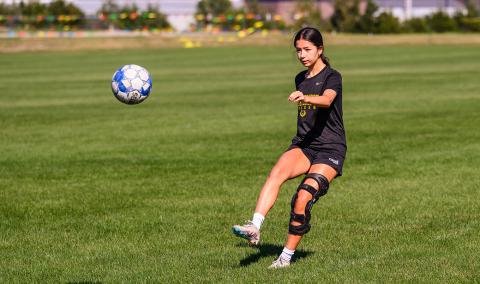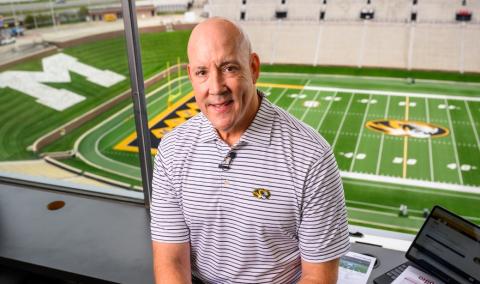If you are at risk of losing your arm or leg because of injury or infection, or you’re unable to fully use them because of a deformity, our Limb Preservation Center will do everything possible to preserve your limb and quality of life.
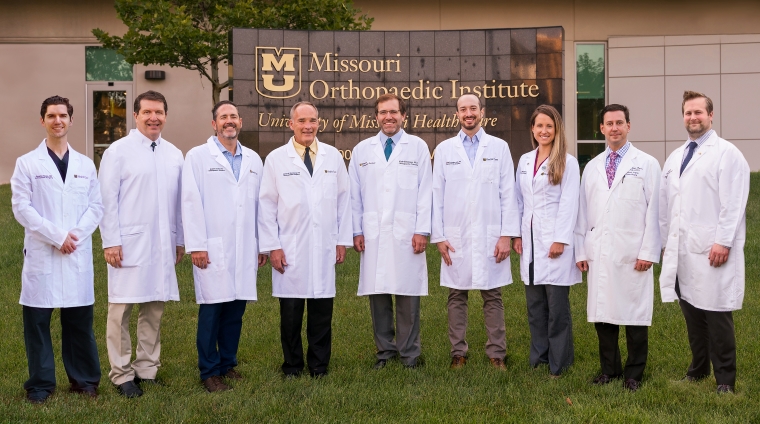
Our team treats both complex bone problems and soft-tissue injuries. With multiple orthopaedic surgeons — including microvascular surgeons — and other orthopaedic specialists on-site, our team is uniquely equipped to address the most challenging limb preservation conditions, including:
- Complex extremity injuries including fractures
- Failed bone healing
- Bone deformity
- Limb lengthening
- Chronic infections
- Chronic wounds
- Nerve pain from amputation (targeted muscle reinnervation)
Tissue reconstruction
Some injuries and conditions result in loss of tissue, which requires moving muscle and skin from another part of the body to replace it. Our microvascular surgeons have extensive training in microsurgical reconstructions and are able to reconnect blood vessels smaller than the diameter of a spaghetti noodle.
Bone deformity (osteotomy)
A bone deformity is when your bone is curved, twisted or angled incorrectly, which can lead to pain, arthritis or limited mobility. An osteotomy is a procedure used to correct the bone with the goal of improving overall function and decreasing pain. It can be performed around joints or in the middle of a bone in the arms, legs or pelvis. During this procedure, one of our surgeons will cut and realign the bone(s) causing the issue. Once corrected and properly aligned, pain and function should improve and alleviate any added pressure on the surrounding joints, avoiding further damage and injury.
Targeted muscle reinnervation (TMR)
When a nerve is severed, it naturally tries to regenerate. However, if it doesn’t have a place to go, such as after an amputation, the regeneration process can turn into a neuroma, or a mass of nerve tissue, that causes pain. Targeted muscle reinnervation is a procedure that allows patients with amputated extremities to have a better post-procedure experience. It can be performed on both upper and lower extremities at the time of amputation or any time after. This includes patients who had an amputation previously and have continued discomfort with their prosthesis.
In this procedure, one of our experienced surgeons will reconnect and reroute major sensory nerves that were cut to a nearby muscle nerve. Once the reconnection of nerves is complete, those nerves then have a place to efficiently transmit their signals. This can reduce pain and the need for narcotic medications, as well as nerve-related symptoms such as residual limb pain and phantom limb pain, after surgery. It’s also possible for patients to experience better control of myoelectric prosthetics (prosthetics powered by batteries and motors), which are more commonly used in upper extremity amputations.
This can be performed as a same-day surgery procedure, if done electively, or can be done at the time of the amputation while in the hospital. After surgery, our team will monitor you closely for incision healing and any residual limb contour before donning a prosthetic.
Limb lengthening
Our surgeons can treat leg-length discrepancies, which are common in people who suffered broken legs as children. If the legs have a difference of two centimeters or more, surgery may be needed to correct the problem. MU Health Care is the only hospital in mid-Missouri that offers corrective surgery for the condition.
During a limb lengthening procedure, our surgeons cut through the bone and insert a motorized telescopic rod into the hollow part of the bone that contains marrow. After about a week, the patient returns to the clinic and receives instructions on how to operate a portable device that will continue to lengthen or shorten the rod at home.
Three times a day, for five minutes per session, you’ll place the machine on your leg, causing the magnetic motor in the telescoping rod to spin, turn the gears and lengthen or shorten the rod one millimeter per day. The process continues until the leg lengths are even.
Osteomyelitis
Osteomyelitis is an infection within the bone. Infection can reach the bone from surrounding tissues, through the bloodstream, or it can be due to an injury, wound, or infection that exposed the bone to bacteria. Osteomyelitis cases can be recent or chronic (long term).
To treat this condition, our surgeons may have to clean the bone in surgery and even have to remove the portions of the infected bone that have died. Following surgery, the patient may also be given intravenous antibiotics for two to three months.
Bone infections can be eliminated with the help of our team, and any bone that was removed is able to be successfully repaired in order to reestablish proper function back to the affected area.
Our team approach
Our team approach is what sets the Limb Preservation Center apart. Our center is a one-stop shop for patients with complex problems that include a combination of bone, skin, muscle, nerve and artery damage.
Rather than being shuffled from specialist to specialist, you will have a team of surgeons, doctors and specialty nurses caring for all your needs. We believe this approach is more convenient for you, prevents miscommunication about your care and, most important, gives you the best opportunity to keep using your limb.
Our team collaborates with several other departments, including, but not limited to:
- Infectious Disease, for diagnosing, treating and managing infectious conditions.
- Interventional Radiology, which is used for diagnostic and therapeutic care for a wide variety of vascular conditions.
- Anesthesiology and Perioperative Medicine, which provides care throughout your hospital stay as well as pain management and intensive care medicine.
- Comprehensive Pain Management Center, for care after your hospital stay which includes physical medicine and rehabilitation as well as psychology.
- Health Psychology, which promotes quality of life for individuals and families by addressing the complex interactions between medical and behavioral factors, primarily chronic pain and sleep.
- Plastic Surgery, option to undergo a more advanced limb preservation or reconstruction surgery including microsurgery such as free-tissue transfer.
- Therapy Services, for personalized treatment plans to increase your mobility and function and get you back to your daily activities. Many plans include physical and occupational therapy, but we also offer additional therapies like lymphedema treatment for those experiencing chronic swelling in their limbs.
- Vascular Surgery, for diagnosing, treating, and managing blood flow to improve your vascular health.
Related Conditions & Treatments
- Chiropractic Care
- DEXA (DXA) Scan
- Elbow Pain and Injuries
- Foot and Ankle Pain
- Bone Health Program
- Hand and Wrist Pain
- Hip Pain
- Joint Health Program
- Knee Pain
- Limb Preservation Center
- Orthopaedic Oncology
- Orthopaedic Rehabilitation
- Orthopaedic Trauma
- Pediatric Orthopaedics
- Physical Therapy
- Regenerative Orthopaedics
- Sarcomas
- Shoulder Pain and Injuries
- Sports Medicine




